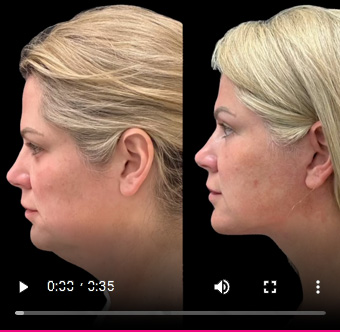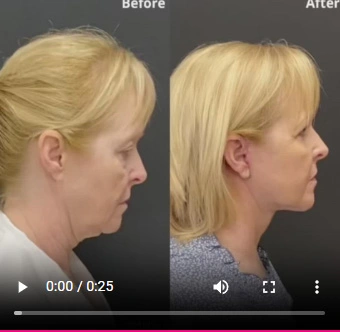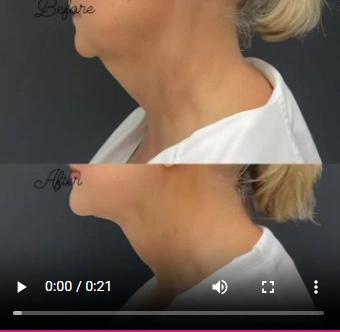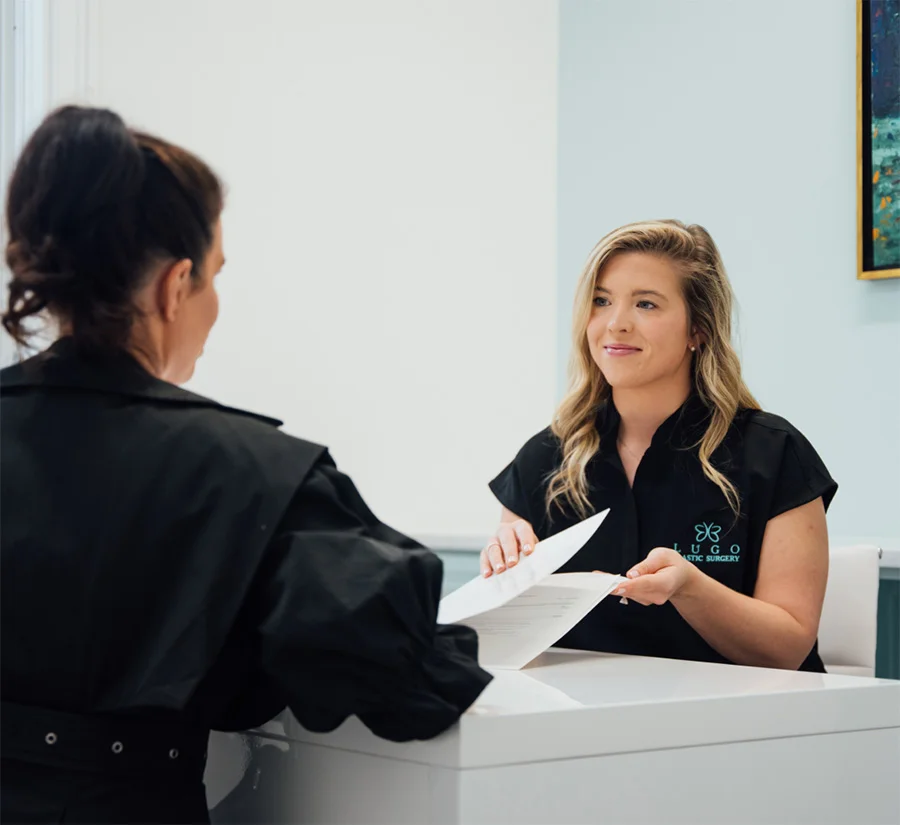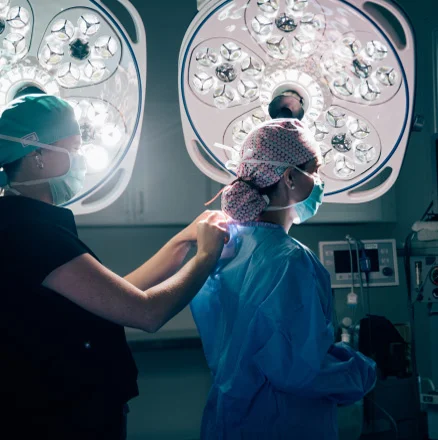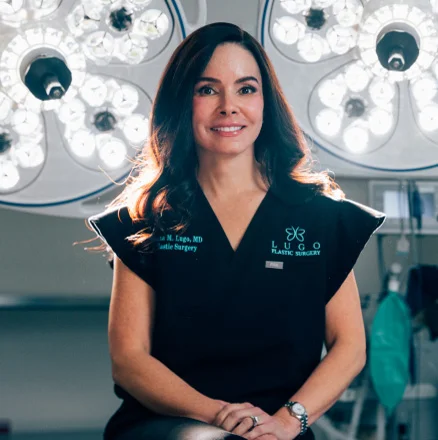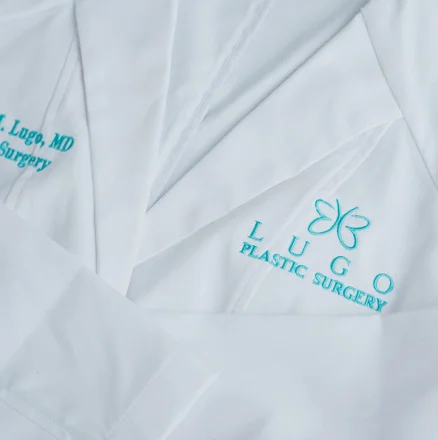Dr. Lugo performs facelift procedures in her private, AAAASF-accredited (Quad A) in-office operating suite. Surgeries take place at our Athens surgical facility, where our dedicated team will help you prepare for your procedure.
Before surgery, you’ll have already received detailed pre-operative instructions during your consultation or pre-op appointment. On the day of surgery, we’ll review these guidelines again to ensure everything is in order. We’ll also go over the procedure one more time and answer any final questions you may have.
Depending on your surgical plan, you’ll receive either local or general anesthesia. After the procedure, you’ll be monitored closely as the anesthesia wears off. Once you’re fully alert and medically cleared, you’ll be discharged into the care of a trusted loved one.
How Long Does A Facelift Take?
The duration of a facelift surgery varies depending on the extent of the procedure, but it typically takes between four and six hours. A facelift can be performed while the patient is awake under local anesthesia.

